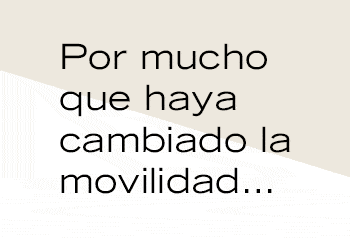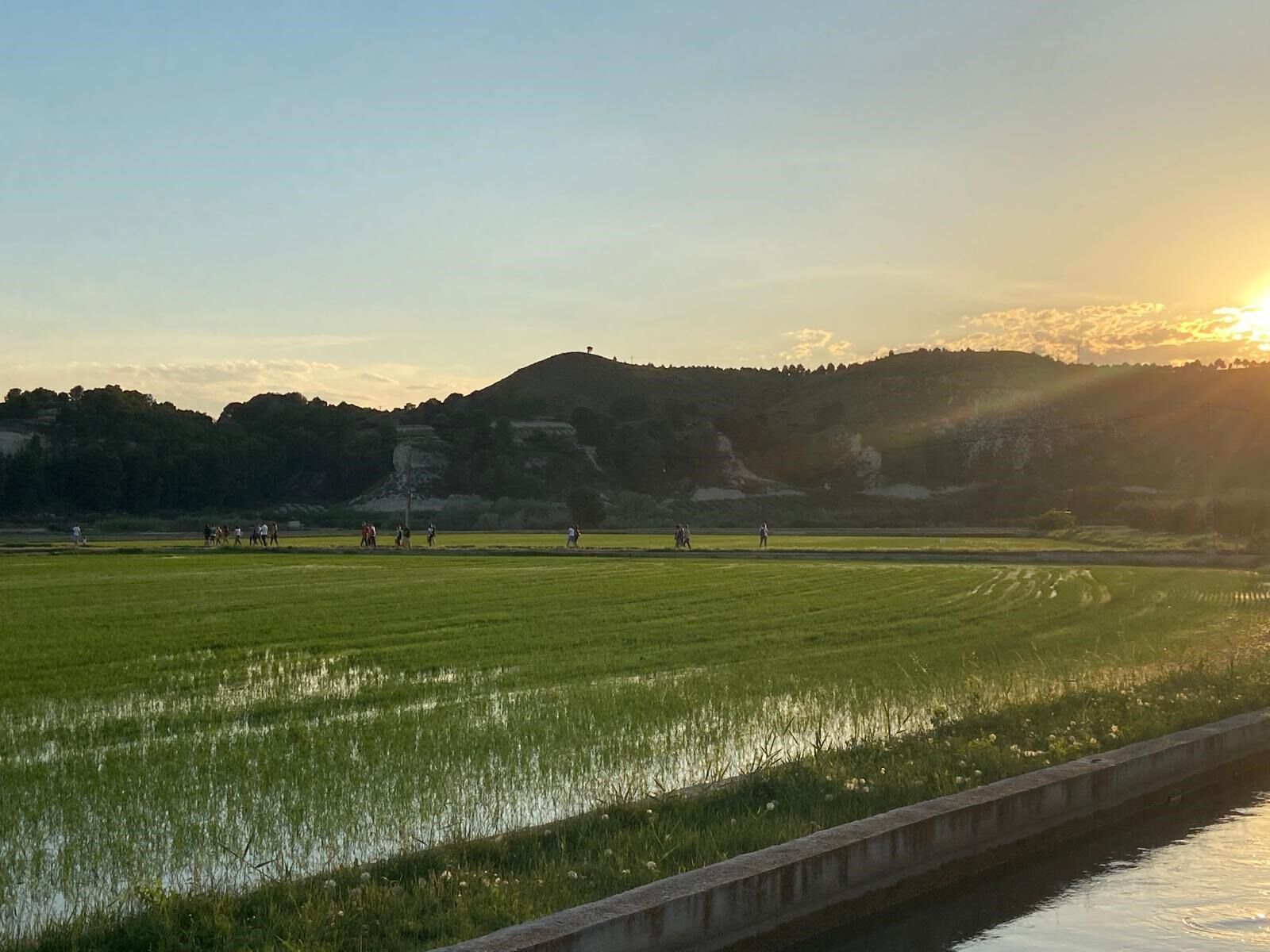The Senderos Azules program is an initiative promoted and developed by the ADEAC (Association of Environmental and Consumer Education). Its purpose is to reward, through the Sendero Azul Flag Prizethe rehabilitation and improvement of various routes and routes throughout the national territory.
The idea is that they are turned into valuable sources for environmental interpretation for enjoying nature. The Blue Trails are ideal places for environmental awareness, conceived as a tool contributing to social change.
The blue trails of Murcia
By 2025, the region of Murcia will be the second autonomous community in Spain with the most blue routes, after the Environmental and Consumer Education Association (Adeac) has awarded 11 new awards to eight municipalities. With these additions, the region has a total of 26 blue routes, distributed among 12 municipalities, a figure that puts it behind only Galicia (54 routes) and with the same number as the Valencian Community.

So is the Region is the community that acquired the largest number of new blue routes this year. The new 11 trails are the Tres Bahías Blue Trail, in Águilas; the healthy path, in Archena; the El Bayo route, in Calasparra; the pedestrian and cycle route from Lorquí to Los Palacios and the urban route Avenida Ginés Asensio, in Lorquí.
Mazarrón has two new blue routess: El Alamillo-La Alameda-Las Balsicas and the Calas de Bolnuevo-Sierra de las Moreras ring road. Mula is expanding its network with the ‘10,001 Steps Route’ and the Espuña Forest Umbría Trail. Murcia debuts the Río Margen Izquierdo Trail and Yecla gets a new blue route with the Vía Verde del Chicharra.


These will be added to the 15 regional blue routes that ended in 2024 and are spread across the municipalities of Cartagena, San Pedro del Pinatar, Mazarrón, Águilas, Ceutí, Abarán, Archena, Mula and Yecla. In total the 26 blue routes that the region currently has available They represent more than 150 kilometers, 15 percent of the current expansion of the national network, which already amounts to more than 1,000 kilometers.
In this sense, the director of the Institute of Tourism, Juan Francisco Martínez, pointed out that, to celebrate these first 1,000 kilometers, Cartagena has been given a landmark badge to commemorate the thousand kilometers of blue routes in Spain. Cartagena was the candidate best rated by the jury, in the municipality that has a renovated trail (it was awarded for the first time in 2019) and another new trail, as it has presented an extension of 450 meters on the original route.
Martínez indicated that these paths “serve as fundamental tools to promote environmental awareness and enjoyment of natureas well as encouraging and strengthening the natural and cultural heritage of the region through recreational, sporting and tourist activities that are accessible to all, sustainable and consistent with the activities promoted by the Strategic Tourism Plan 2022-2032.
This year the presentation of the Blue Paths flags at national level will take place in Murcia on March 26. To obtain the Blue Trail distinction, a series of criteria and indicators must be met. which are grouped into four categories: characteristics of the paths and layouts; information, signage and infrastructure on the trails; conservation and management of natural and cultural heritage; and public use of trails.

